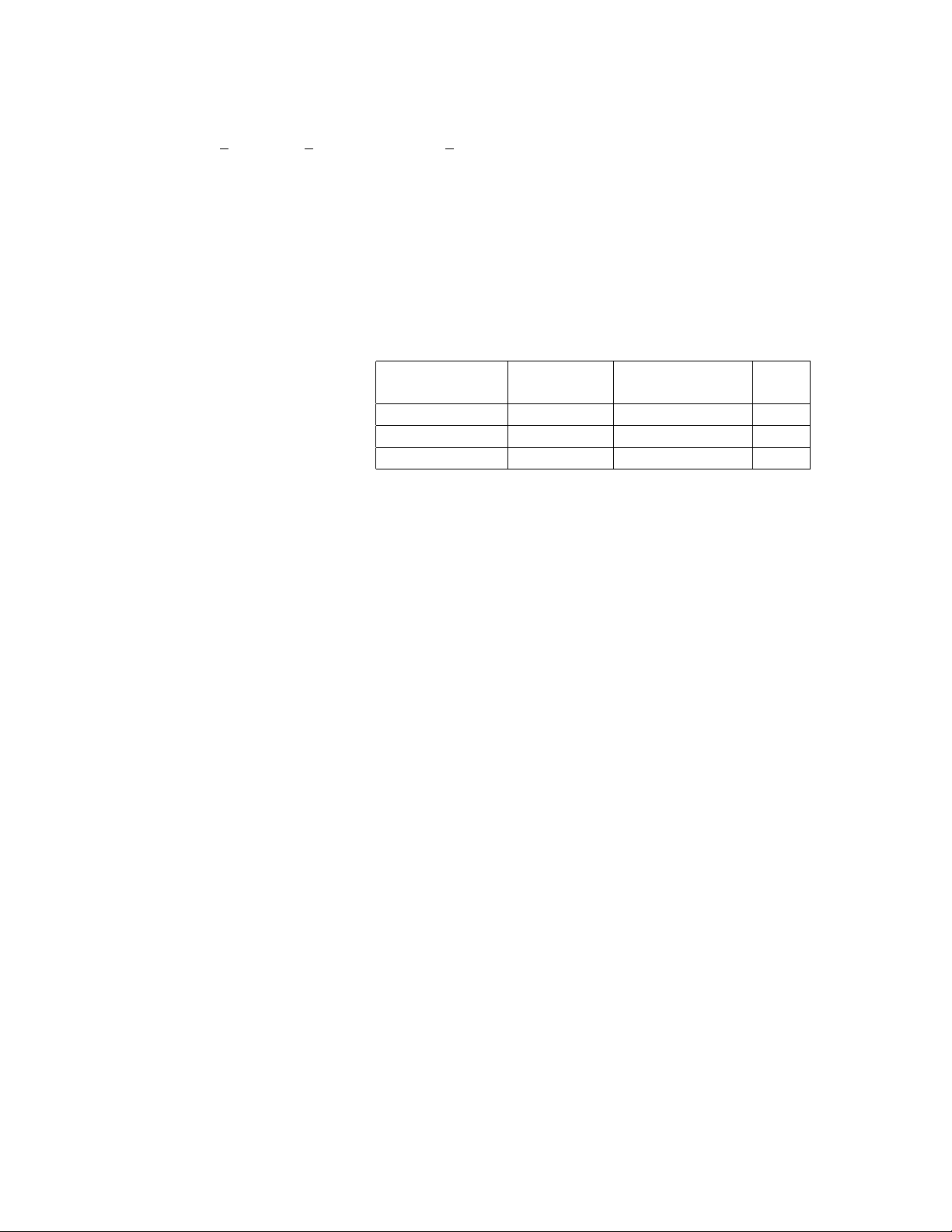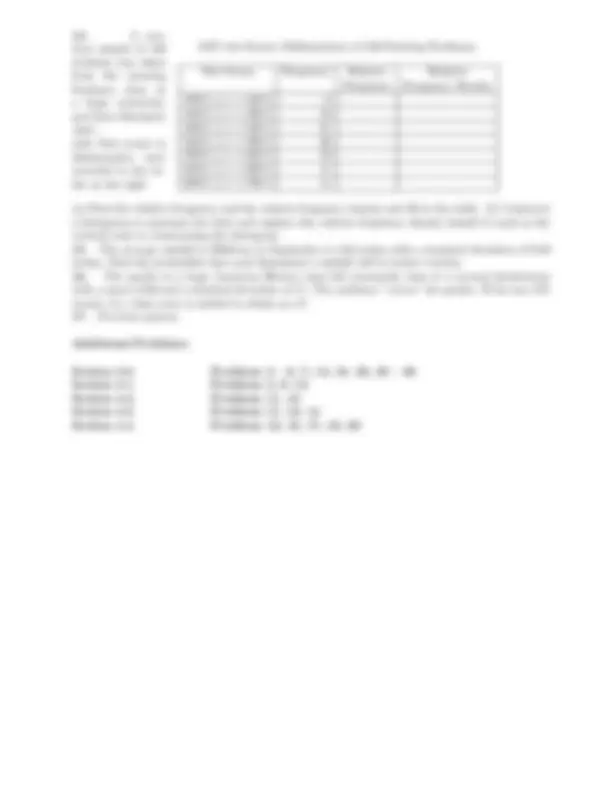



Study with the several resources on Docsity

Earn points by helping other students or get them with a premium plan


Prepare for your exams
Study with the several resources on Docsity

Earn points to download
Earn points by helping other students or get them with a premium plan
Community
Ask the community for help and clear up your study doubts
Discover the best universities in your country according to Docsity users
Free resources
Download our free guides on studying techniques, anxiety management strategies, and thesis advice from Docsity tutors
Review questions for exam 3 of math 110, covering topics such as probability, statistics, and histograms. Questions include finding probabilities of events, organizing data, constructing histograms, and calculating mean, median, mode, variance, and standard deviation.
Typology: Exams
1 / 2

This page cannot be seen from the preview
Don't miss anything!


Math 110 Review for Exam 3 Spring 2002
, p(F ′) =
and p(E ∪ F ) =
, find p(E|F ).
Poll Results
Happy with Not Happy with Total the Service the Service Made Purchase 151 133 284 No Purchase 201 215 416 Total 352 348 700
The results can be found in the table on the right. Find the probabilities of the following events: (a) A shopper made a purchase. (b) A shopper was happy with the service. (c) A shopper was happy with the service and made a purchase. (d) A shopper made a purchase given that he or she was happy with the service. (e) A shopper made a purchase given that he or she was not happy with the service.
69 71 79 61 76 78 76 67 84 63 72 77 69 73 77 63 71 61 65 73 64 78 80 76 62 70 72 62 74 68 57 69 76 79 67 68 60 51 71 81
(a) Organize the data by creating a frequency distribution. (Group the data into six intervals.) (b) Construct a histogram to represent the data. (c) What percentage of cars was going 75 miles per hour and faster.
10 6 8 5 4 7 8 8 10 9 7 5 10 8 7 7 7 8 5 8 4 8 8 10 6 8 9 8 10 8
(a) Find the mean. (b) Find the median. (a) Find the mode.
SAT test Scores (Mathematics) of 100 Entering Freshmen.
Test Scores Frequency Relative Relative Frequency Frequency Density
(a) Find the relative frequency and the relative frequency density and fill in the table. (b) Construct a histogram to represent the data and explain why relative frequency density should be used as the vertical scale in constructing the histogram.
Additional Problems:
Section 3.6, Problems 3 – 6, 7, 13, 21, 22, 33 – 36 Section 4.1, Problems 5, 9, 13 Section 4.2, Problems 11, 13 Section 4.3, Problems 11, 13, 14 Section 4.4, Problems 13, 15, 17, 19, 20